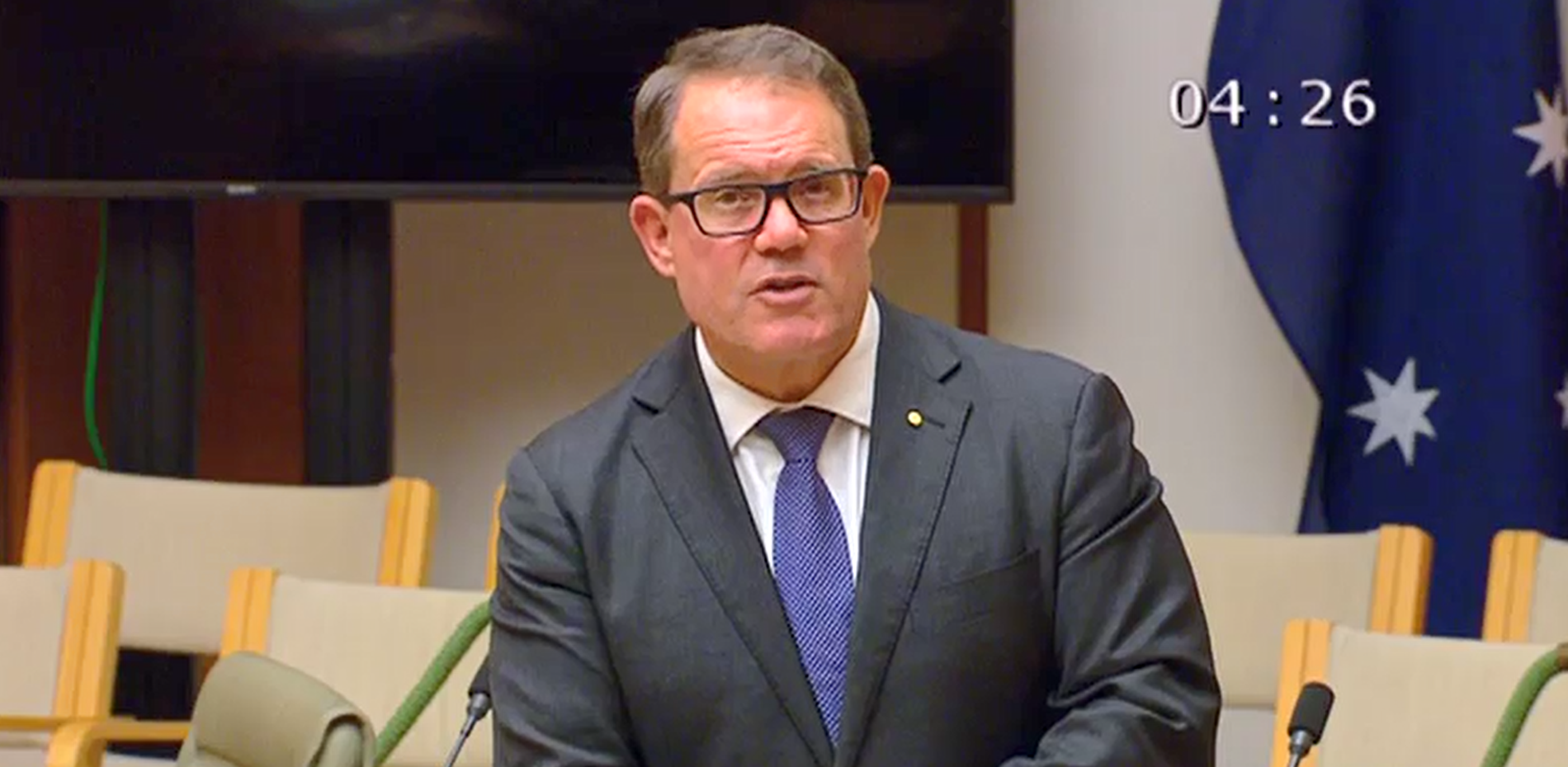PMB – PALM scheme
Federation Chamber – 6.45pm Mon 6 March 2023
5mins
Deputy Speaker,
The Albanese Government understands the importance of the Pacific Australia Labour Mobility scheme to our Pacific family and to Australian producers who benefit from it.
When the Government came to office the total number of PALM workers in Australia was just over 24,400.
In the October 2022 Budget, we committed to reaching 35,000 workers by June 2023.
And we reached that goal in December – some six months ahead of schedule.
This is an increase of 44 per cent in just seven months, more than quadrupling the workers compared to pre-COVID times.
Reaching this milestone early demonstrates the Government's commitment to immediately addressing long-standing workforce issues across key sectors in our economy.
PALM workers are earning incomes, developing skills and filling workforce shortages across 28 industries, including agriculture, food processing, hospitality, and aged care.
The scheme is vital for filling workplace shortages in regional Australia, ensuring businesses can continue supporting their communities when there are limited local workers available.
The scheme remains uncapped and will continue to grow as long as there is demand from Australian businesses.
There are currently more than 37,000 more pre-screened workers across the Pacific waiting to work in Australia.
In the Northern Territory, which hosts over 1,000 workers, we’ve recently seen 215 arrive from Samoa and 151 from Vanuatu to pick mangoes.
35 Samoans have also served as aged care and disability support workers in remote areas.
Last March, we saw 150 more seasonal workers from Fiji and Timor-Leste arrive in Darwin and Alice Springs to bolster the Territory’s tourism, hospitality, aged care, disability, and agriculture workforces.
One of them, Cezaltino from Timor-Leste, has worked at Humpty Doo Barramundi farm, south-east of Darwin.
He has been using the opportunity to not only earn an income to support his brother’s education, but to also develop his own skills and learn more about leadership.
He has a good reputation as a hard worker and dedicates himself to excellence.
“I try to be the best I can be,” he said.
Thanks to hundreds of workers like Cezaltino, the scheme makes a massive economic contribution to the Territory.
It also boosts the Pacific’s and Timor-Leste’s economies by lifting families out of poverty.
In a region where more than one third of people live on less than $1,000 per year, long-term PALM workers send home an average of $15,000 each.
That’s a real driver of economic development in the Pacific.
In the case of Vanuatu, 10,000 ni‑Vanuatu workers in Australia are filling our labour shortages, developing skills, and sending nearly $150 million back home each year.
That is 10 per cent of Vanuatu’s GDP.
Remittances to Tonga equalled nearly 38 per cent of GDP.
Our Government is also ensuring high labour standards.
Workers are employed under the same industry awards and legislation as Australian workers.
PALM Approved Employers must meet stringent criteria to participate, including compliance with workplace regulations.
Three have been concerns around the separation of families, particularly for people on long-term visas of up to four years.
That's a long time to be away from your family.
Which is why in the last Budget, and we took this to the last election, the Albanese Government committed to a trial of allowing 200 Pacific workers to bring their families over.
Deputy Speaker, I’m very glad that Prime Minister Marape stated his ambition to grow PNG’s participation by deploying 8,000 PALM workers to Australia during Prime Minister Albanese’s visit to Port Moresby in January.
That’s a welcome development because PNG is still under-represented.
And the PALM scheme will be stronger for its full participation in it.
Thanks Deputy Speaker.



